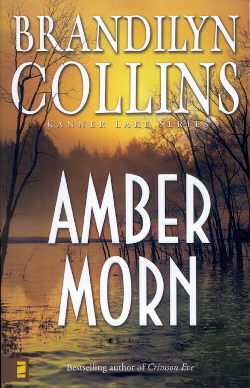Sometimes the lines
connecting the dots aren’t so easy to understand immediately...
How much should be explained to
the reader in the resolution of a novel? I say not everything. That’s
doesn’t mean I advocate leaving large parts of the story not wrapped
up. Readers won’t like that, no matter the genre. My answer lies more
with “connecting the dots” for the reader. I am for tying up loose
ends. I am not for connecting every dot. I like to think my readers
have the intelligence to do that on their own.
Let’s say I write a book in
which the killer could be A, B or C. There’s also been a kidnapping,
and readers are led to believe the perpetrator of that crime could also
be A, B, or C. They’re further lead to believe (through the
assumption-building process I employ) that whoever did the killing did
the kidnapping. And it’s an absolute known fact that the kidnapper also
committed a certain robbery. Turns out the killer is character D. And
the kidnapper is character E. (Those twists again.) The revelation of
these truths occurs during all the action of the crisis/climax.
Next comes the resolution, in
which any loose ends are tied up. I don’t think I need to say in the
resolution that character E did the robbery. That the kidnapper did the
robbery was made clear during the story. I think I’d be talking down to
my reader to “connect those dots” by stating the obvious.
Now, that’s a very simple
example. Unfortunately the issues I deal with in my resolutions are
much more convoluted. Sometimes the lines connecting the dots aren’t so
easy to understand immediately. Sometimes they require a little logical
thinking.
Ever come out of a movie theater
after watching a twisty-plotted film, and as you’re walking to your car
you’re saying to yourself, “Okay, so if this and that, then what about
thus-and-so?” It takes a few minutes of putting together all the data
points you were given in the resolution to answer your questions—but
they are answerable.
If I took the time to connect
every dot of logic in my resolutions, with all I have to cover, they’d
be 25 pages long. And boring as all get out. And the reader would feel
like I was talking down to him/her. On the other hand, there’s
definitely
|
a balance. The reader is
expecting a satisfying ending, and
doesn’t want to have to logic through details for an hour or more. They
should be able to connect the dots pretty quickly.
At any rate, this approach helps
me make the resolution as short as possible. But at the same time,
there’s yet another very important thing to balance—the reader’s need
to see a satisfying conclusion in the personal lives of the characters.
Not just does the heroine live to tell the tale—which is pretty much
expected to happen. But how has it changed her? Where will she go from
here? And what about those little romance nuances that were woven
through the action? Does she get with the guy or not? Or is she at
least thinking about it? And what spiritual revelation has she had,
whether large or small? What does she intent to do about it?
So on one hand, I’ve got the
dozens of details of how and when and why and by whom the myriad crimes
occurred. On the other hand, there’s all the personal stuff. How to
create a resolution that will cover all these very necessary aspects,
and satisfy the reader? Let’s say I have no idea what the resolution
scene will be. (Which is usually true. The right scene becomes apparent
after I’ve written the crisis/climax.)
To help find the right scene, I
ask myself two questions. Next month in Part III, we’ll take a look at
those.

|